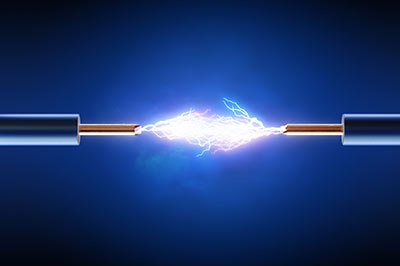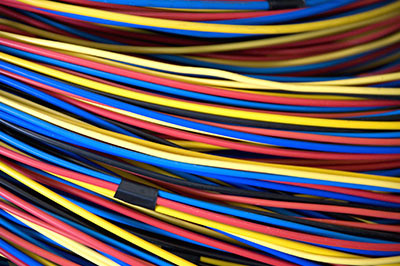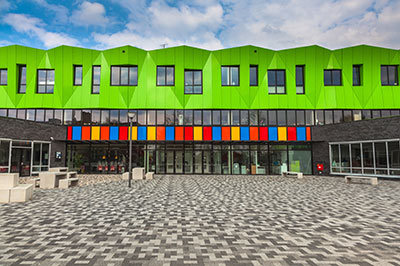Taival, D. (2009). 75 (4)
Energy efficiency makes fiscal and environmental sense, and so does energy savings performance contracting. Because an energy savings performance contract can create a self-funding package of products and services that reduce energy and operating costs, over time, school districts' sometimes-large initial investment in emerging technologies saves money in as few as three or four years. Energy savings performance contracting creates sustainable schools that improve student and teacher health, increase attendance, and decrease energy and operating costs. In this article, the author discusses how performance contracting works and describes some technologies that meet the increasing demands for environmental certification.











